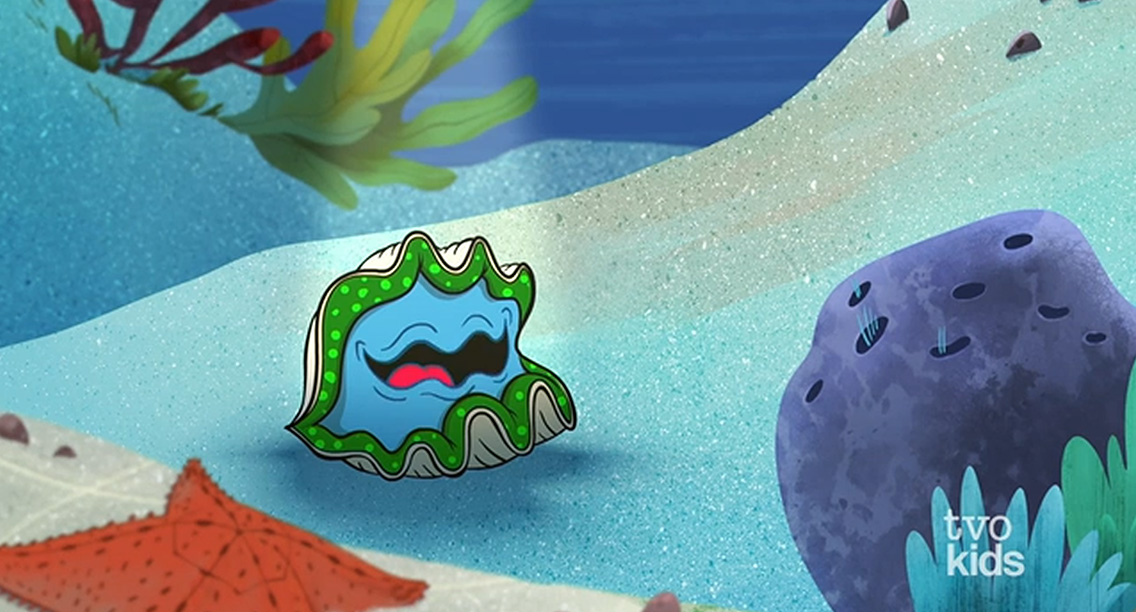Minds On
What is this place?
Try to guess the place in the following description. If possible, find a partner and share your guess. Did they have a different guess than you?
This place is a lot of fun! There is grass, sometimes rocks, or wood chips. There may be some swings, slides, or other fun things to play with. There could be benches, a soccer field, a baseball diamond, or a garden filled with flowers and trees.

Reflect
Let’s reflect on our guesses.
- What clues did you use to make your guess?
- What was your guess?
- Could the description be about anywhere else?
Action
Understanding stories: using what we know
How do we get background knowledge?
Some ways include:
- books we’ve enjoyed
- movies we’ve experienced
- our adventures
- our experiences every day
- our thoughts and feelings
KWL Chart
We can use a KWL chart to help us organize our background knowledge and ideas about a story.
The letters in the KWL chart stand for:
- K = what I know
- W = what I want to know
- L = what I learned
|
K I know… |
W I want to know… |
L I learned… |
|---|---|---|
Let’s try it out!
Let’s try using a KWL chart with a video! For this activity, complete the KWL Chart in your notebook or using the following fillable and printable document.
Press the ‘Activity’ button to access KWL Chart.
Explore the following image. What do you know about it? What do you want to know?

Using the KWL Chart, a mind map, a computer, or audio recording, record what you already know about the topic into the K column. Then record what you want to know in the W column.
When you are ready, explore the video entitled “I’m a Giant Clam” to learn more about this type of fish.
What interesting facts did you learn about giant clams in the video? Record what you learned in the L column of your chart. Now let’s share what we learned from the story with the class, if possible.
Consolidation
What I know already and want to know
Now it’s time to practice using what you know to help you understand an oral text using a special chart called a KWL chart. The video you will explore is about giraffes.
Before you explore the video, ask yourself these questions:
- What do you know about giraffes?
- What would you like to learn about giraffes?
You can record your answers in the chart or make an audio recording. Record what you know in the K column and what you would like to learn in the W column.
|
K What I know about giraffes |
W What I want to know about giraffes |
L What I learned about giraffes (or other things from the story) |
|---|---|---|
Press the ‘Activity’ button to access KWL Chart.
Now that you have filled out the K and W columns, let’s explore the video to learn more about giraffes.
What I learned and still wonder
Put what you learned in the L column of your chart. Do you still have questions from the video? Maybe you want to know more about giraffes. Put what you are still wondering in the W column of your chart. You could ask a family member if they know and if they can teach you.
Share
If possible, share with a partner. Do you notice any differences between your charts or recordings? Did your partner have a different connection to the story than you did? Did they have more to share about what they already knew about giraffes?
Reflection
How do you feel about what you have learned in this activity? Which of the next four sentences best matches how you are feeling about your learning? Press the button that is beside this sentence.
I feel…
Now, record your ideas about your feelings using a voice recorder, speech-to-text, or writing tool.